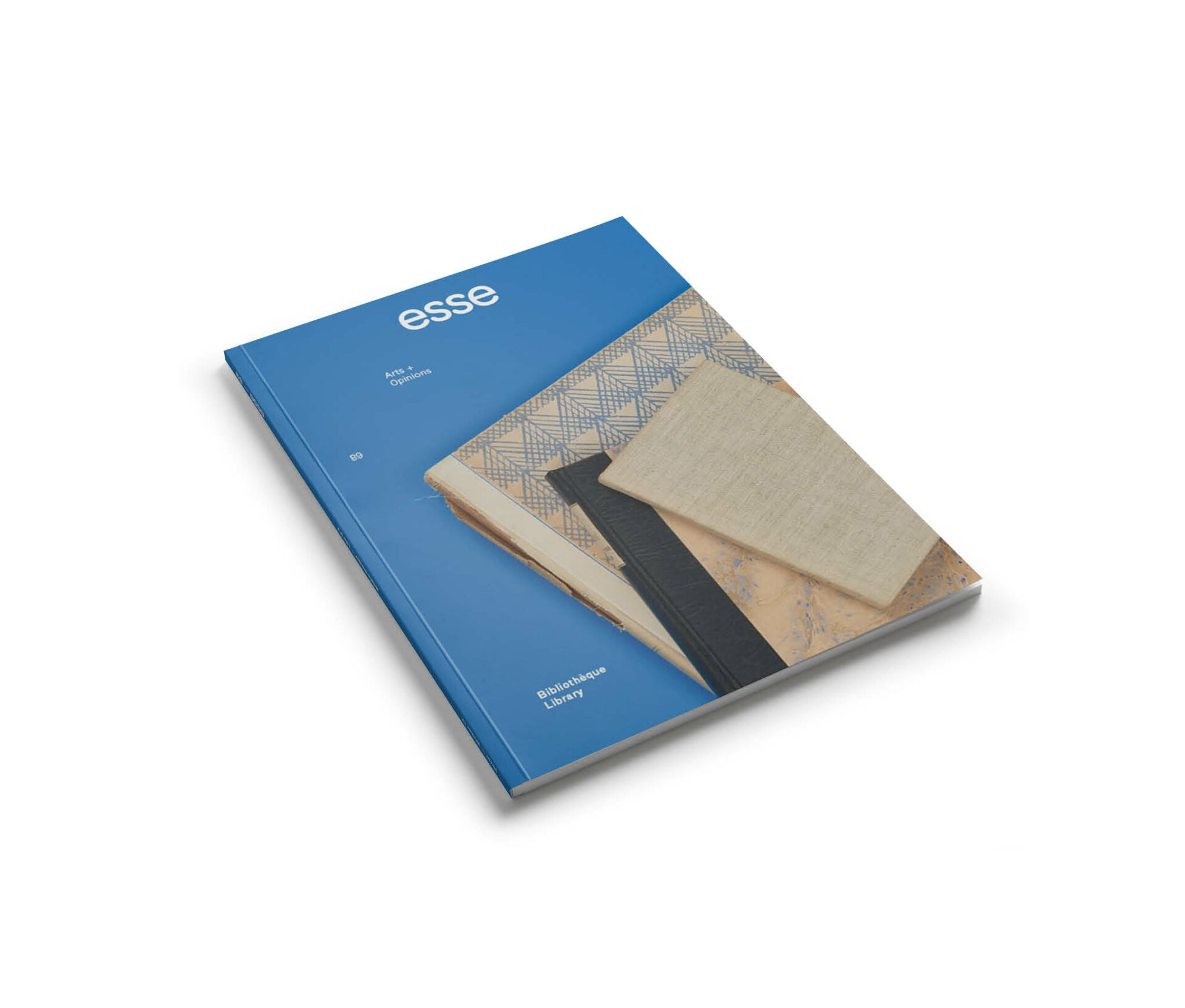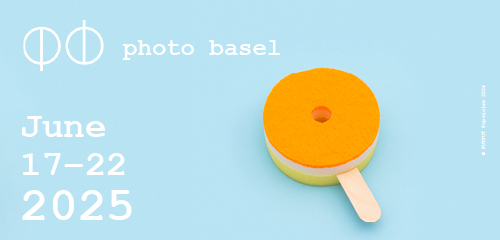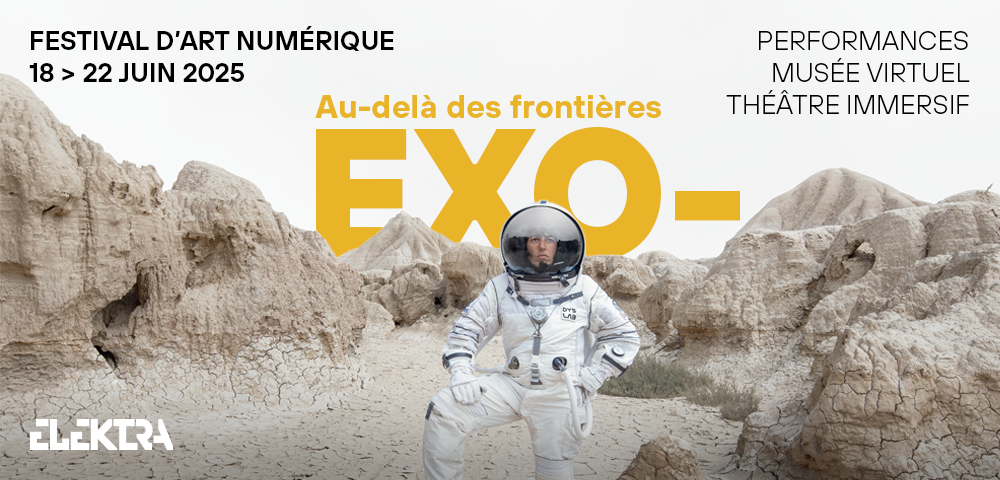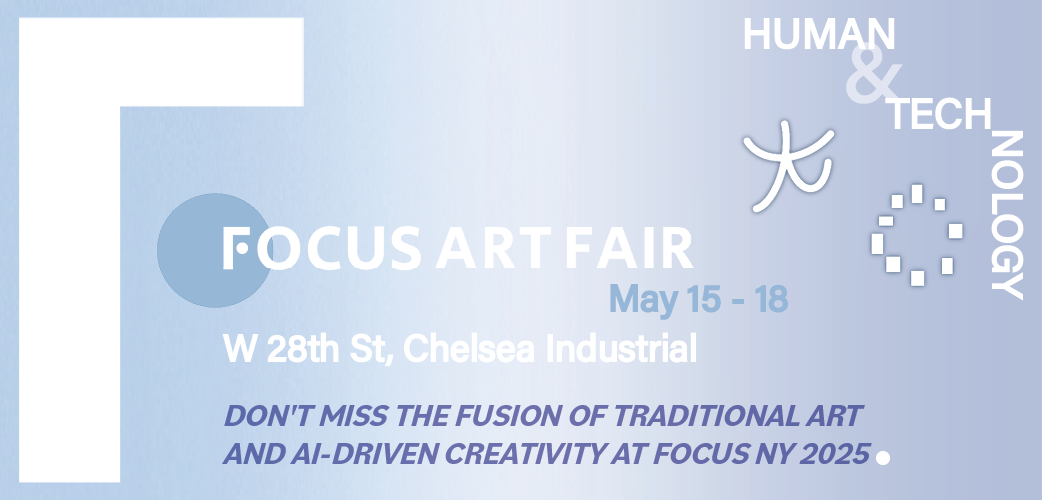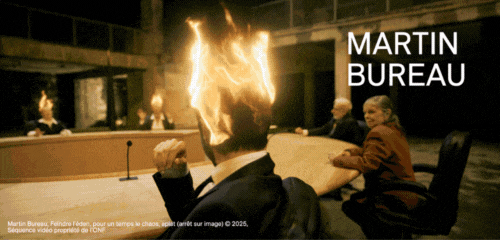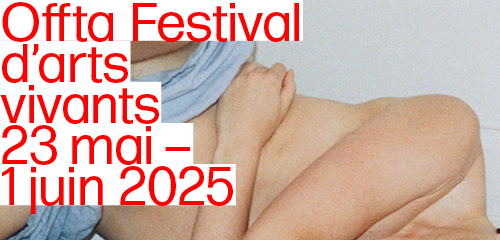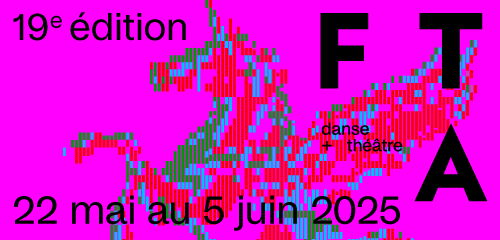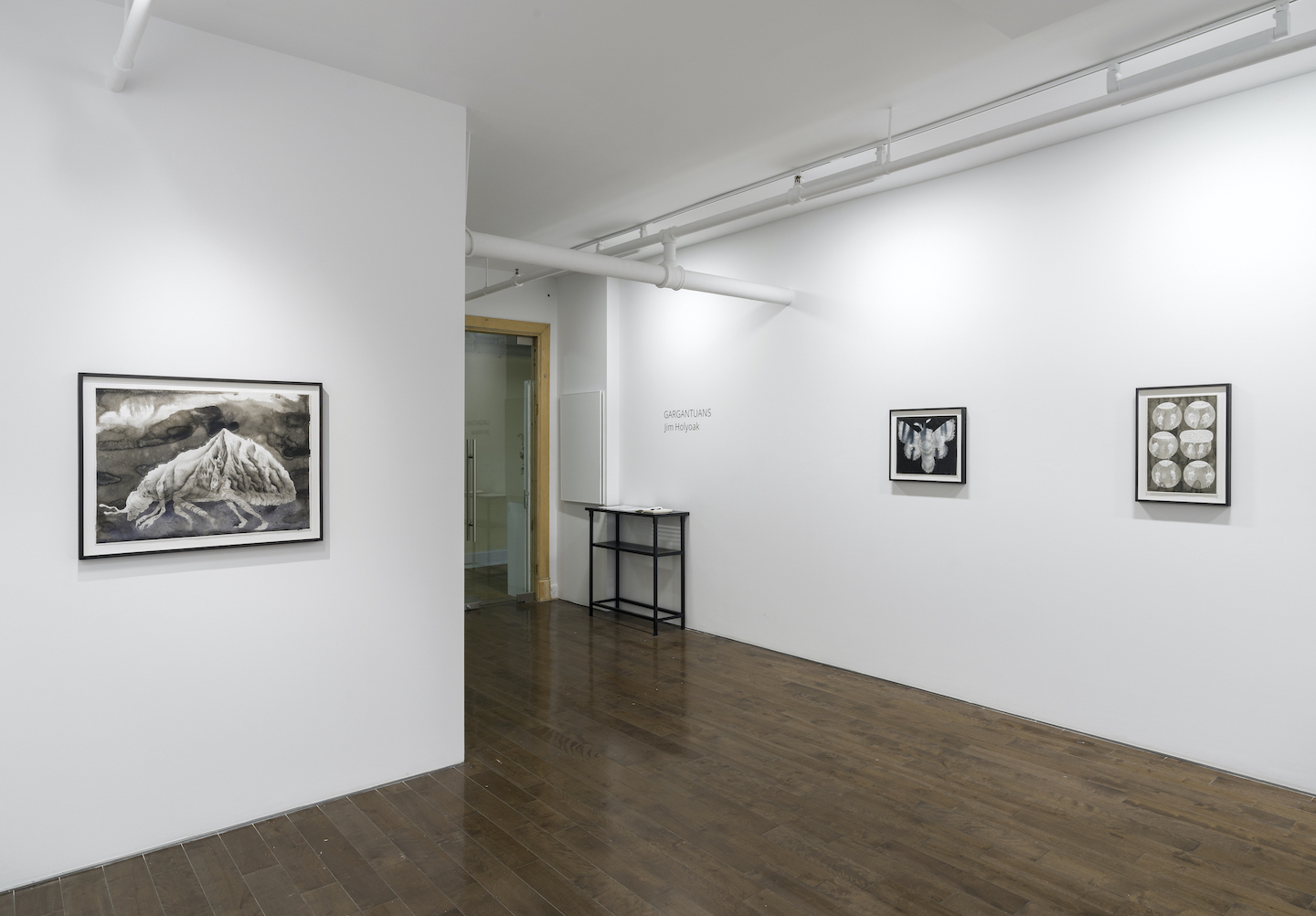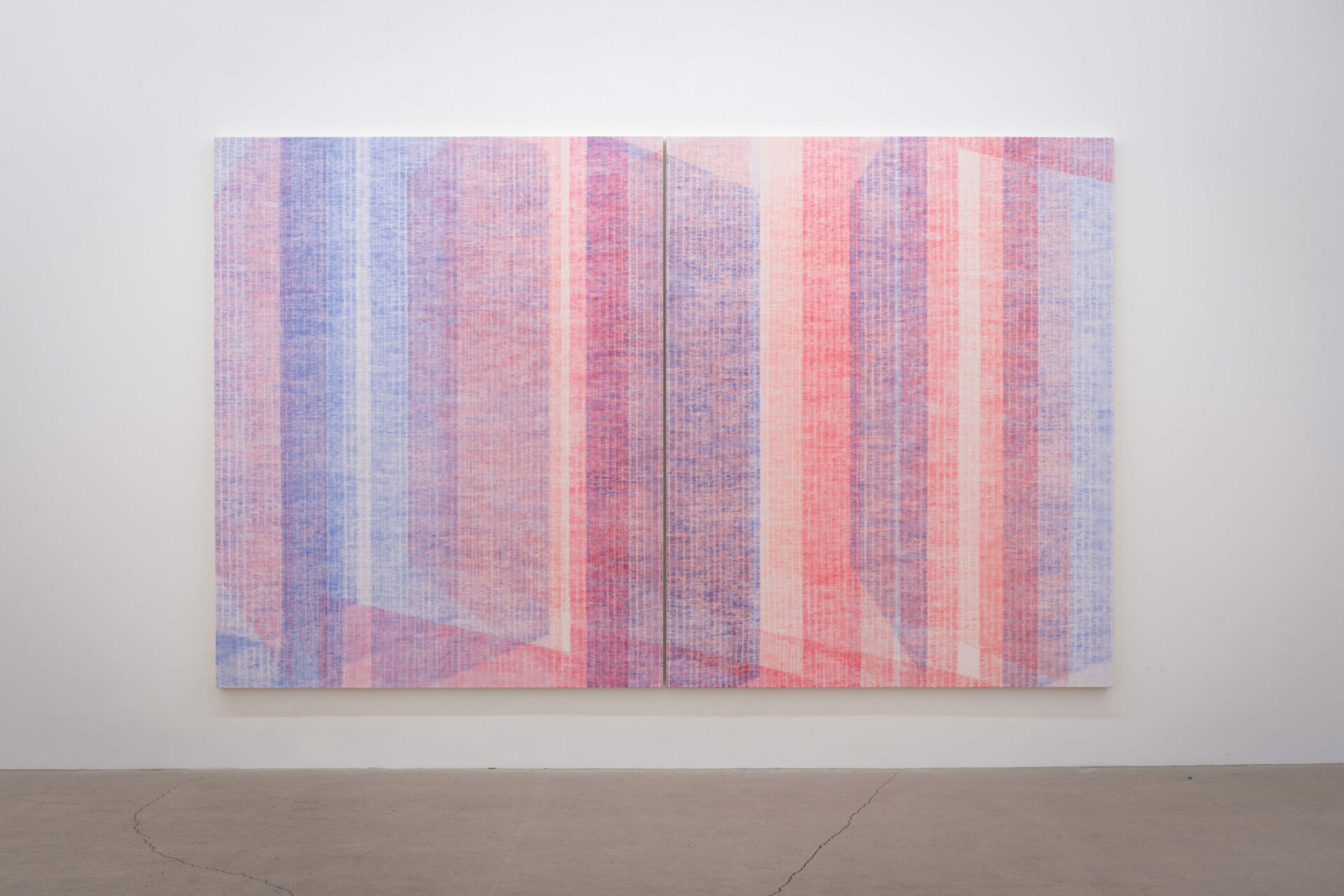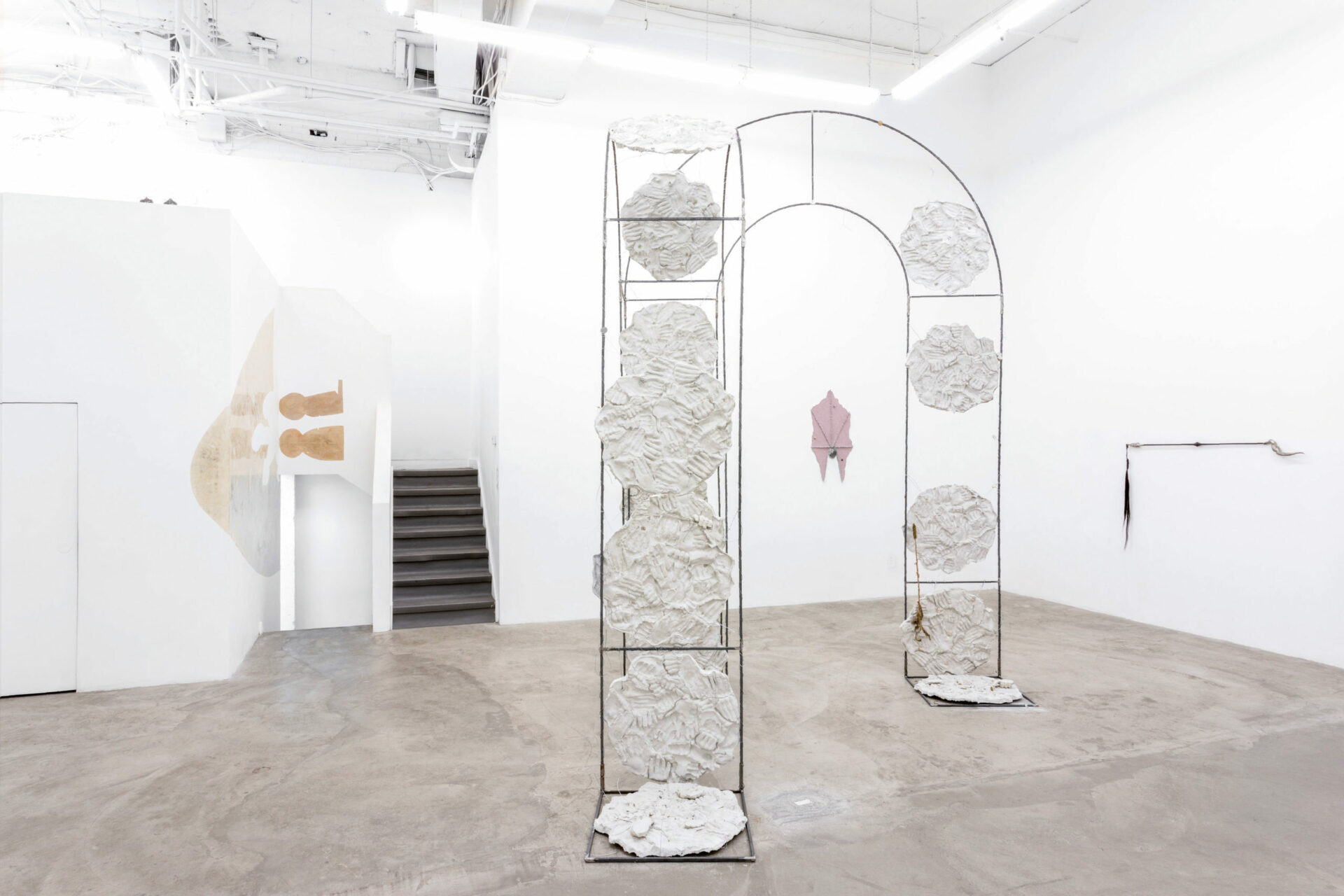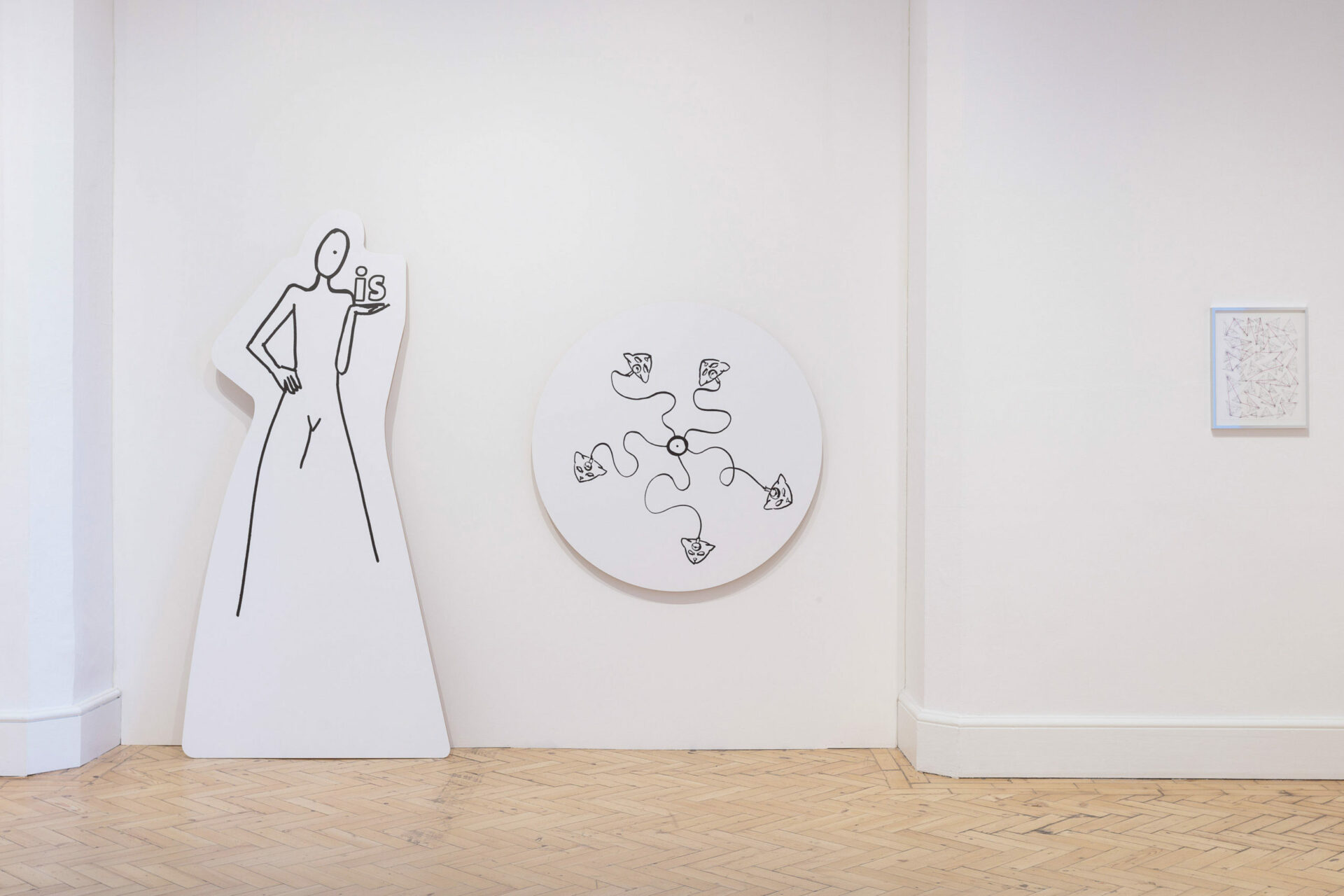
Photo : Mark Blower
“Philosophers have not hesitated to identify the real and the rational,” writes Roger Caillois, in his 1970 book, The Writing of Stones. “I am persuaded that a different bold step would lead to discover the grid of basic analogies and hidden connections that constitute the logic of the imaginary.” Caillois’ book is a meditation on his vast collection of stones, chosen for their imaginative properties: agate resembles an early morning sun through the clouds, another appears as a landscape of Tuscan ruins, and yet another, “le petit fantôme,” a ghost gleaming out of the dark.
To uncover the logic of the imaginary, to apprehend that which lurks just beneath the surface of the visible, to investigate the interstices embedded within the normative everyday — these ambitious and ephemeral aims are central to Bonnie Camplin’s wide-ranging practice. An intriguing, if at times gnomic, exhibition of new work at Camden Arts Centre reveals a new avenue of the artist’s persistent interest in the nature of consciousness and the means by which we perceive the world, including the “psychic relations” that underpin our connections to other people, environments, and non-human entities. What tools might we use, Camplin asks, to cognitively and creatively excise ourselves from the morass of “consensus reality” to experience alternative coordinates of truth that exist outside of the Enlightenment model confines of body and mind as bounded and discrete?
Create your free profile or log in now to read the full text!
My Account



